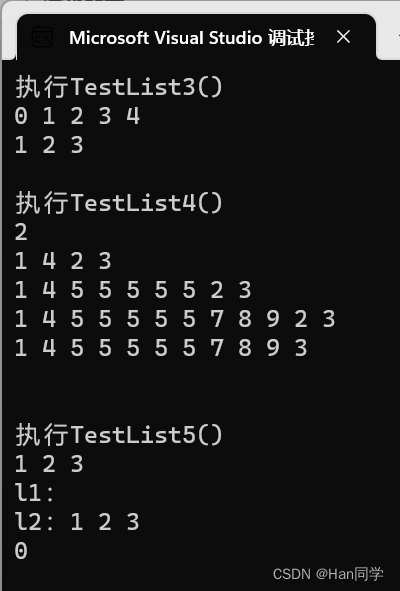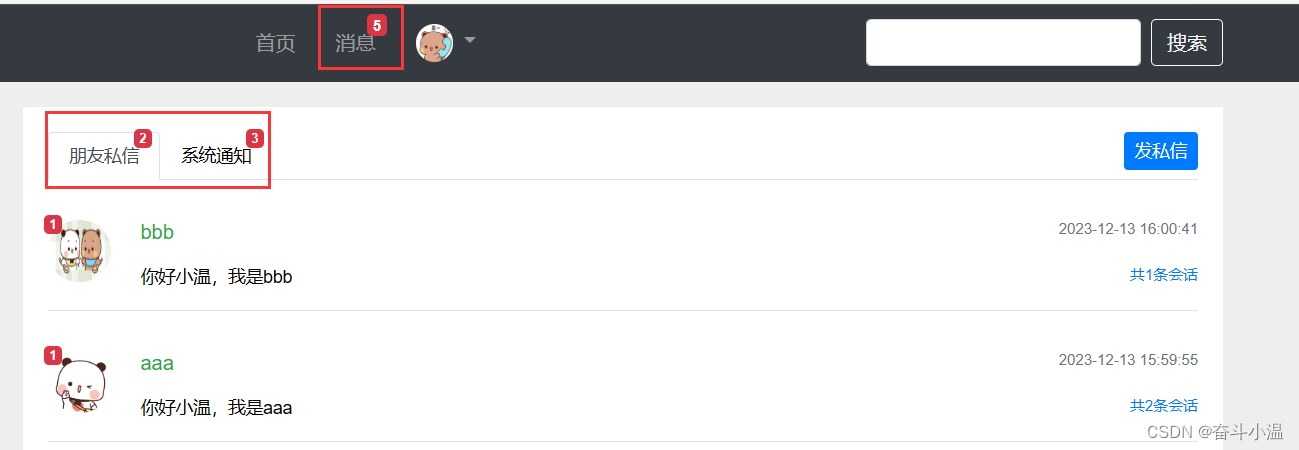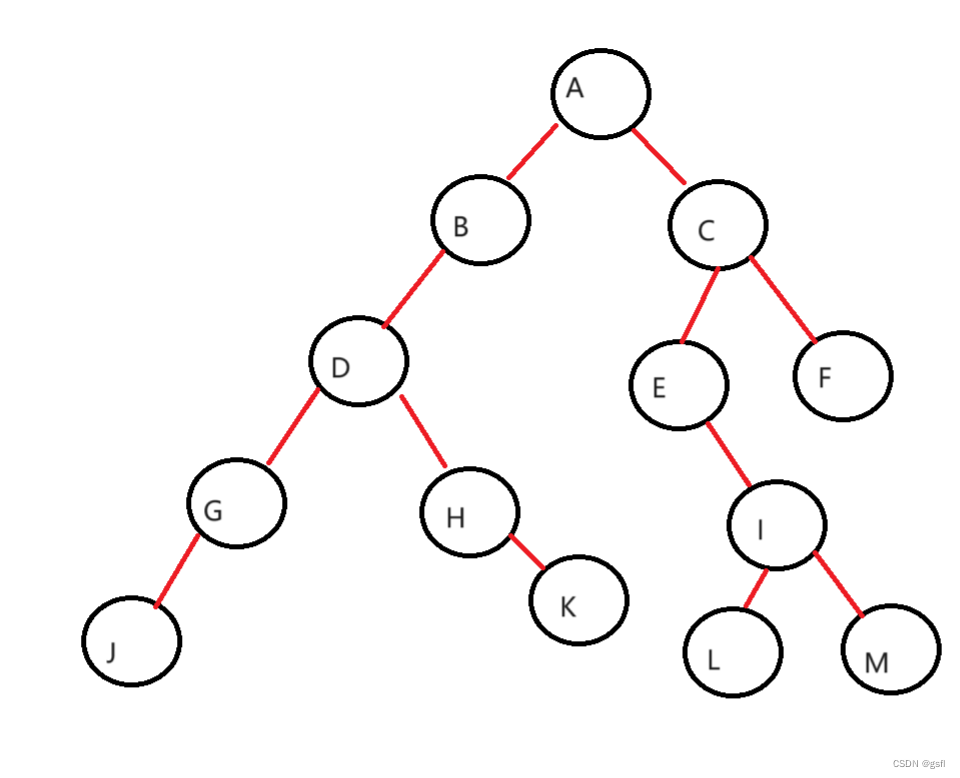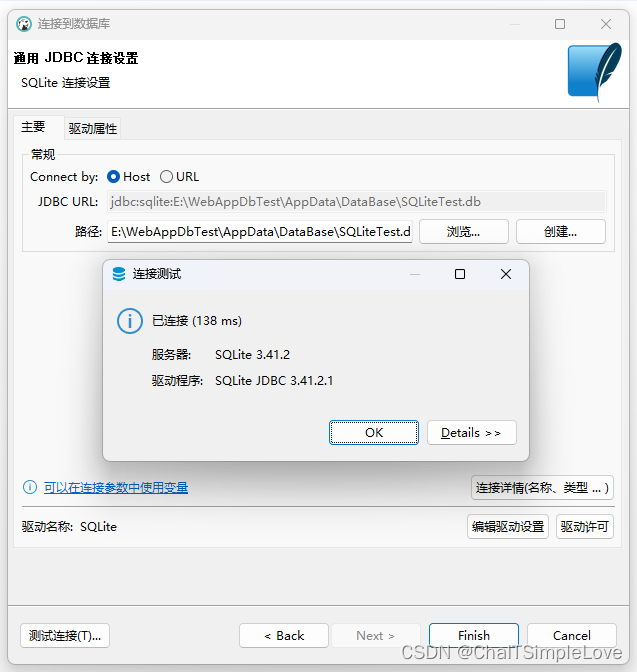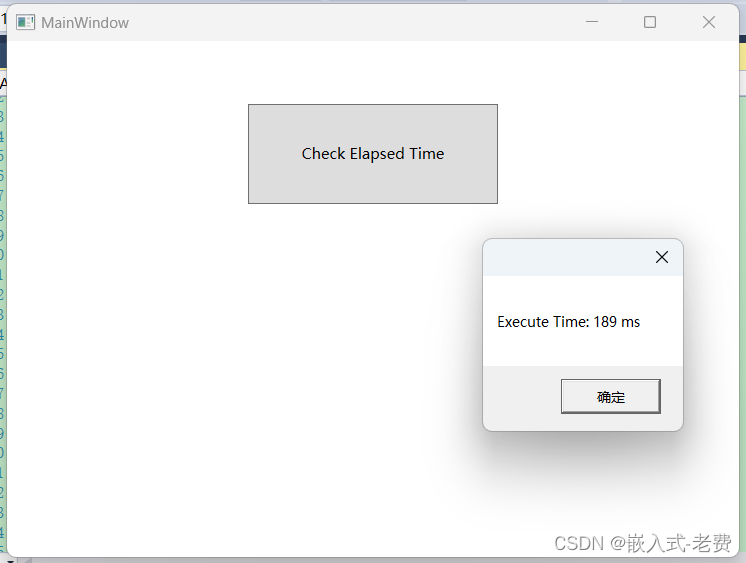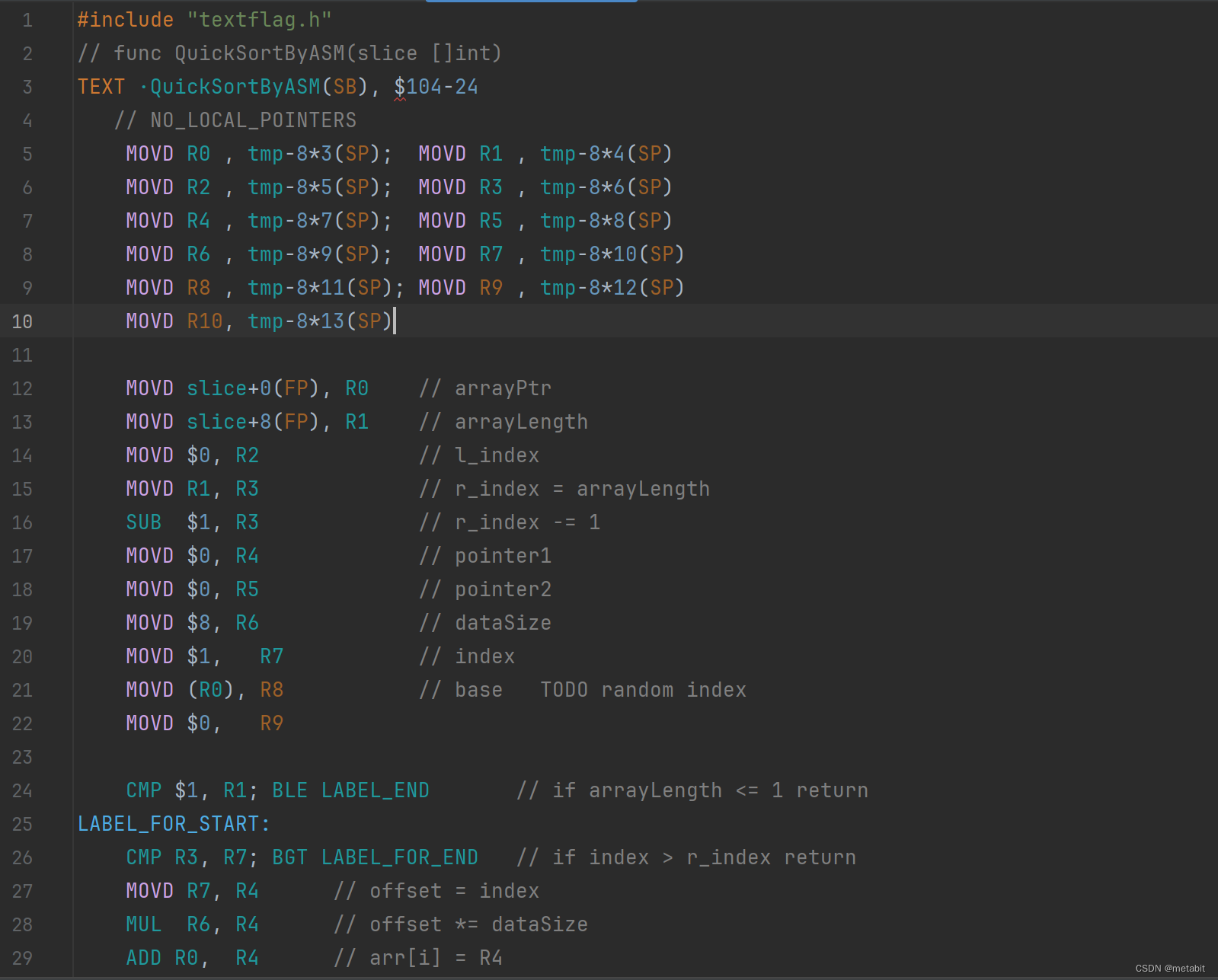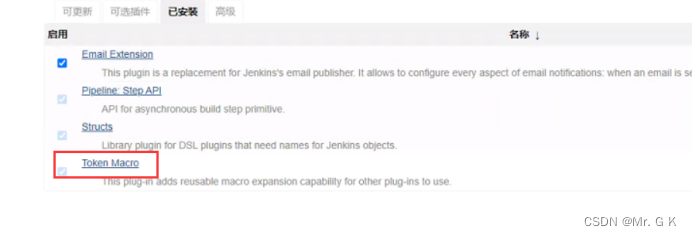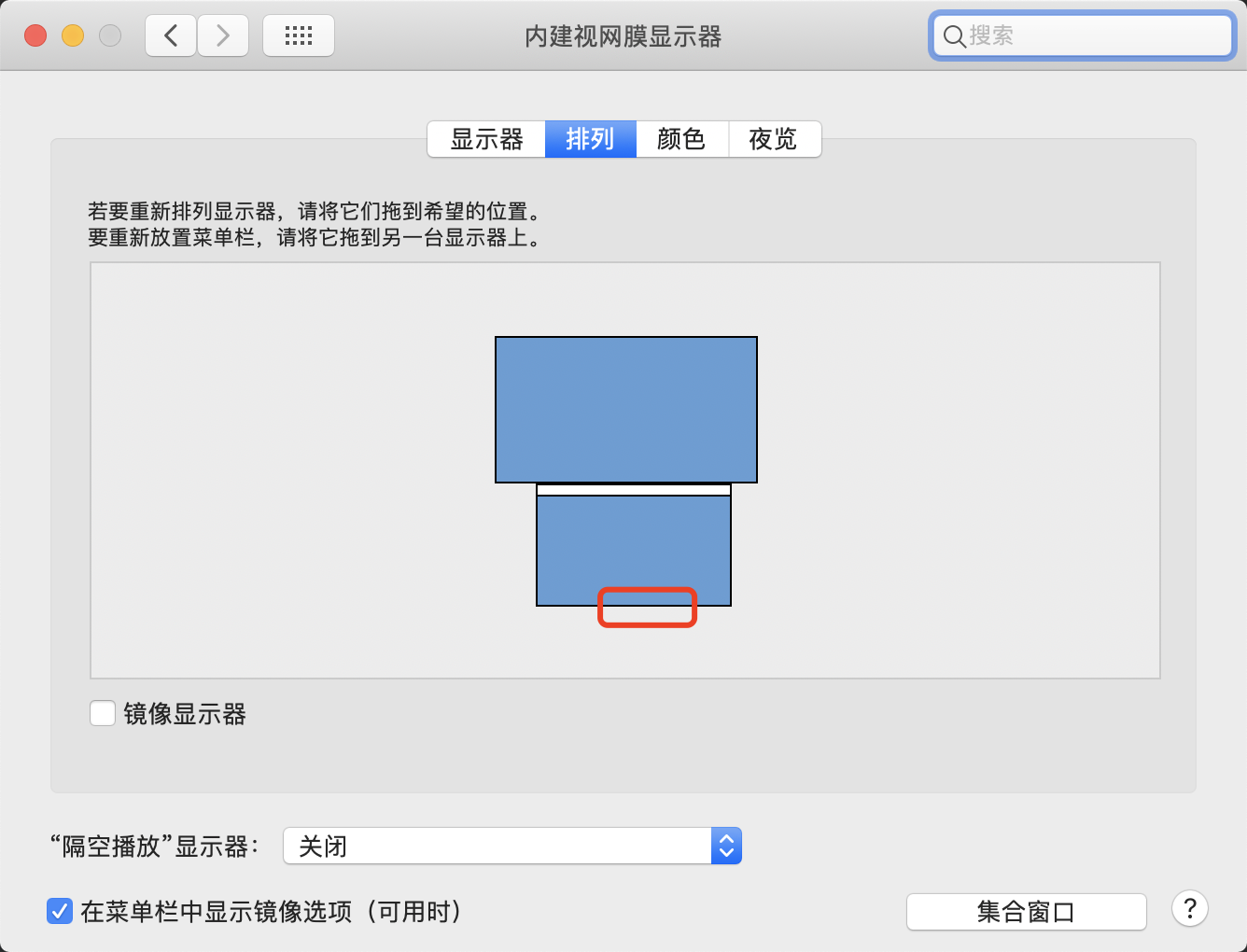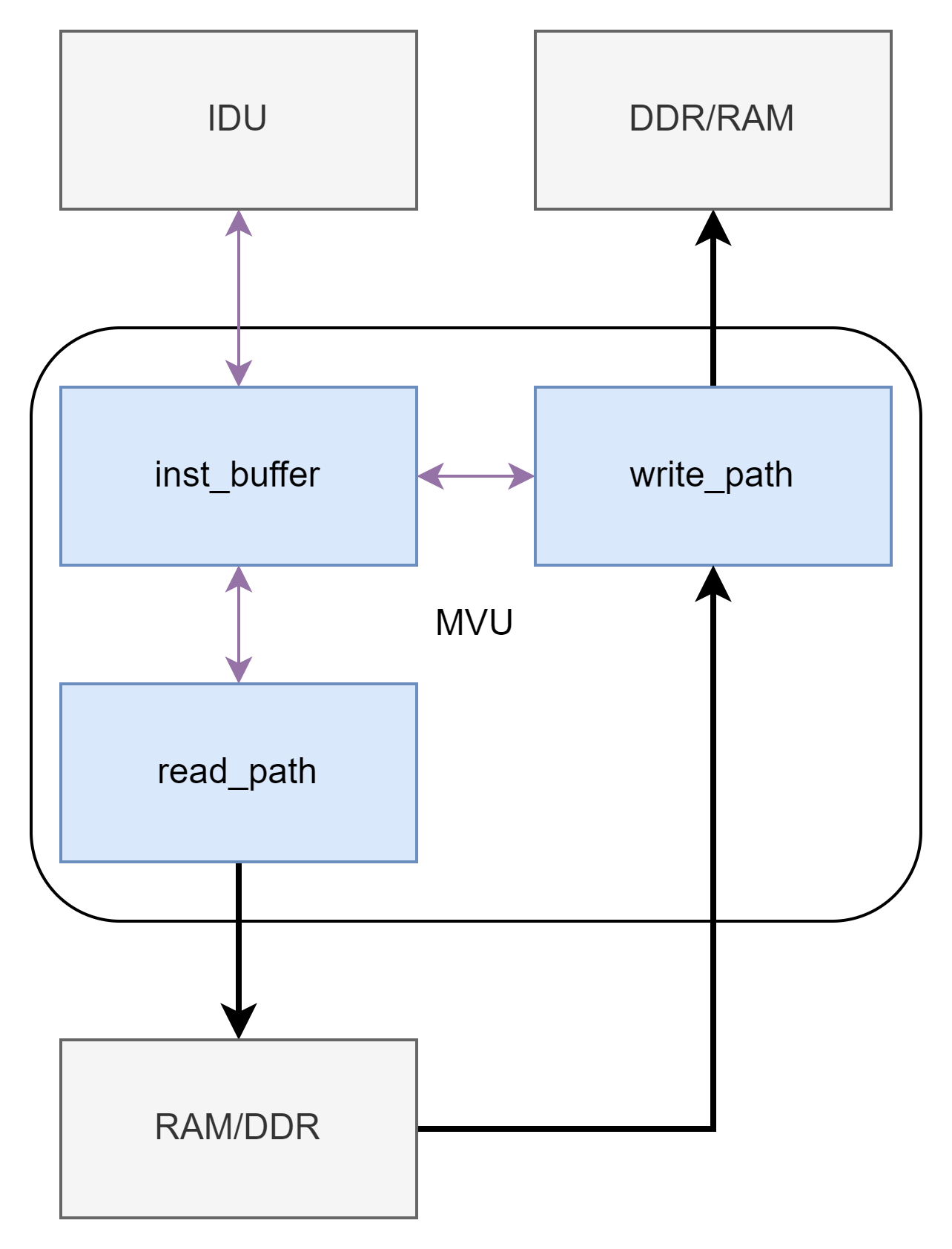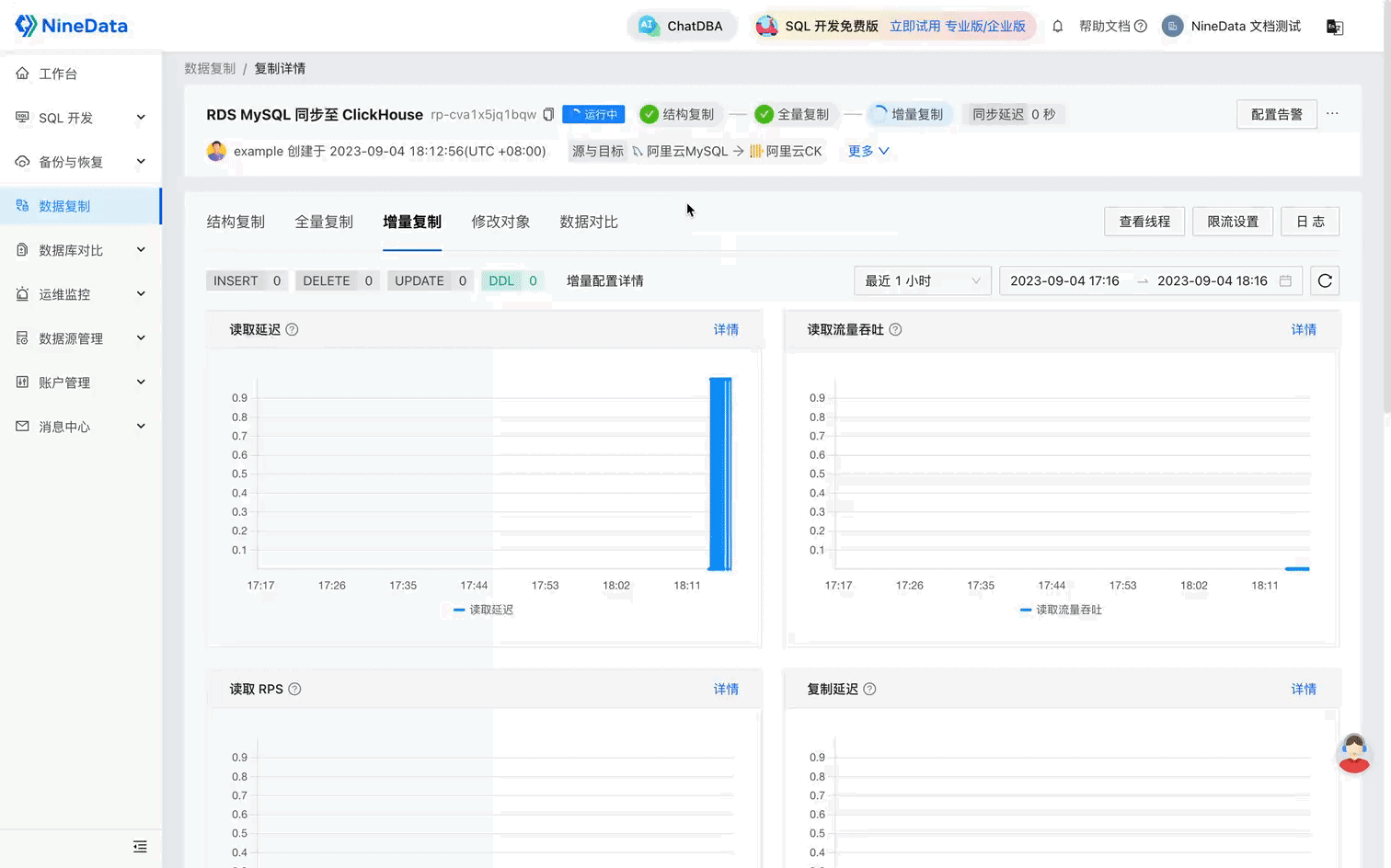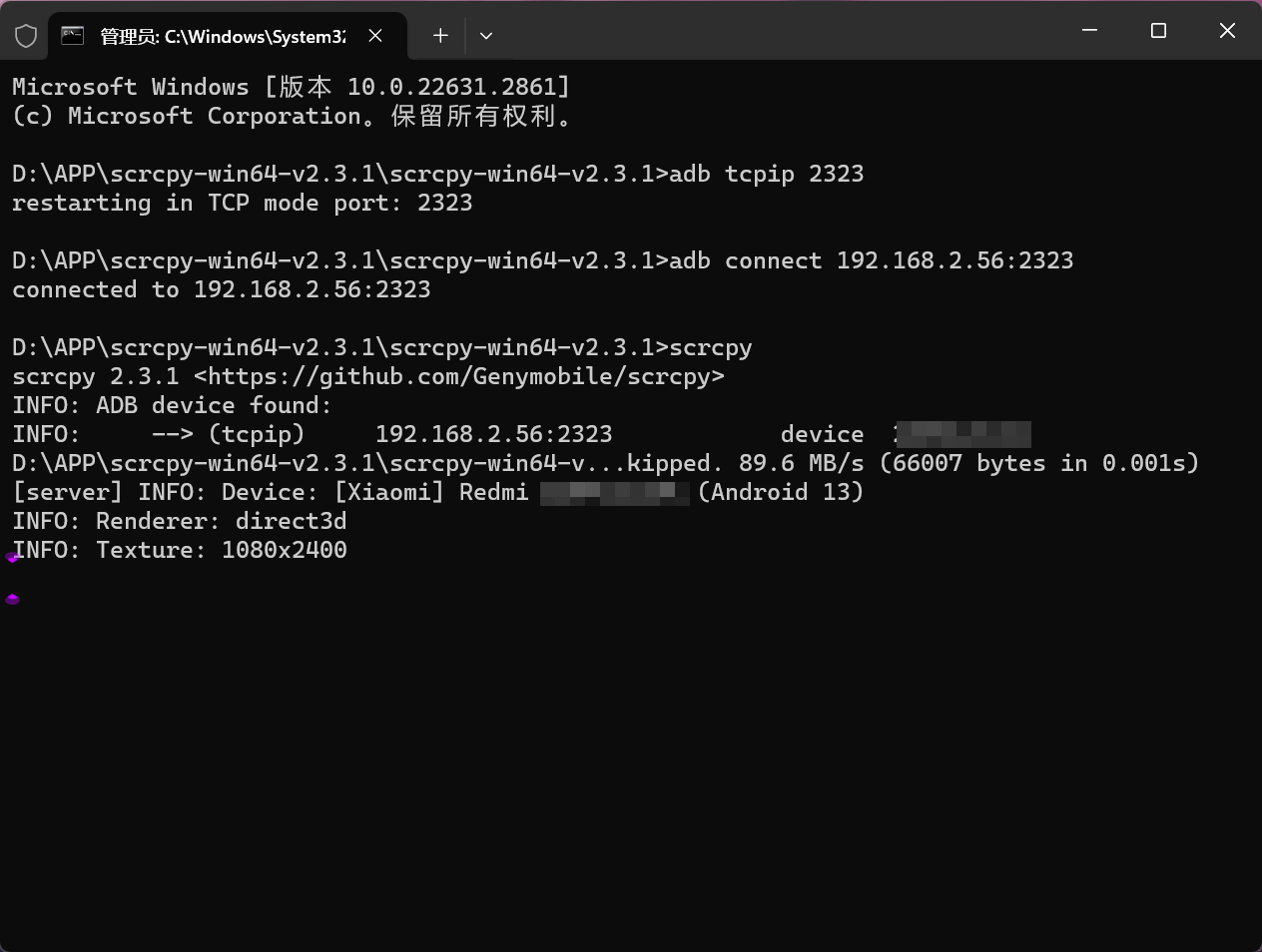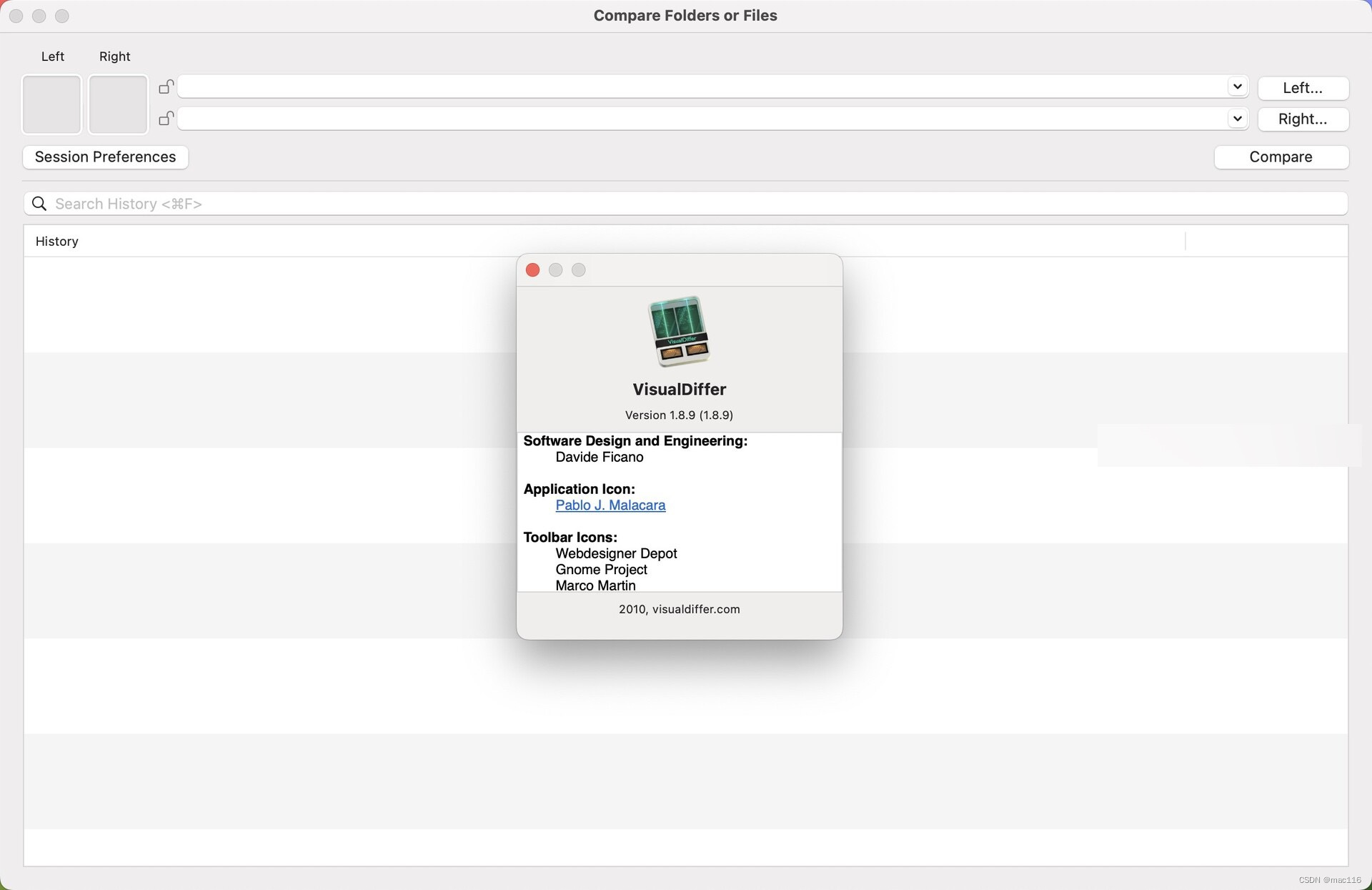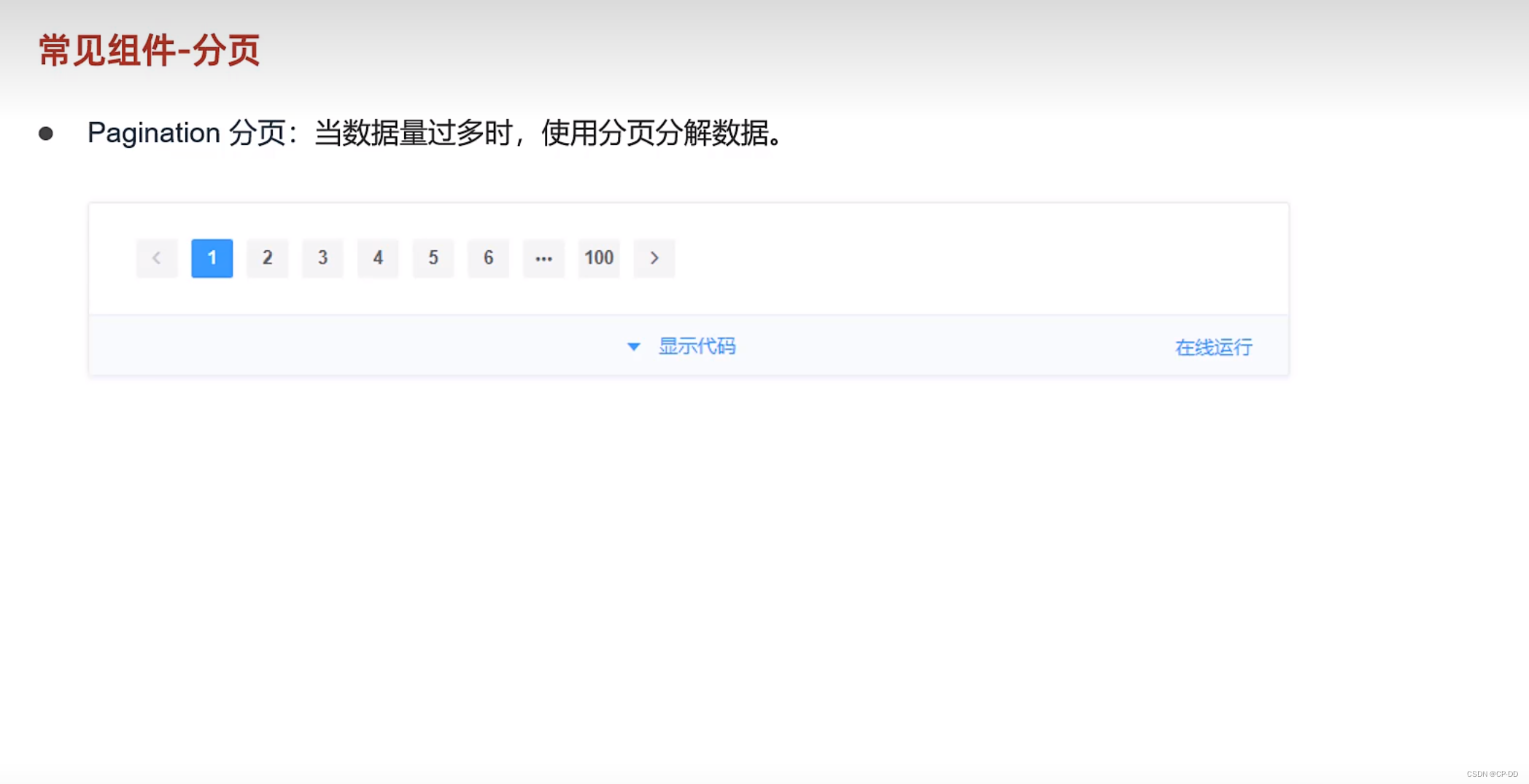目录
一、介绍
二、list的常用操作
1、构造
2、迭代器
3、元素访问
4、容量操作
一、介绍
- list是可以在常数范围内在任意位置进行插入和删除的序列式容器,并且该容器可以前后双向迭代。
- list的底层是双向链表结构,双向链表中每个元素存储在互不相关的独立节点中,在节点中通过指针指向其前一个元素和后一个元素。
- list与forward_list非常相似:最主要的不同在于forward_list是单链表,只能朝前迭代,已让其更简单高效。
- 与其他的序列式容器相比(array,vector,deque),list通常在任意位置进行插入、移除元素的执行效率更好。
- 与其他序列式容器相比,list和forward_list最大的缺陷是不支持任意位置的随机访问,比如:要访问list的第6个元素,必须从已知的位置(比如头部或者尾部)迭代到该位置,在这段位置上迭代需要线性的时间开销;list还需要一些额外的空间,以保存每个节点的相关联信息(对于存储类型较小元素的大list来说这可能是一个重要的因素)。
void test1()
{list<int> lt;lt.push_back(1);lt.push_back(2);lt.push_back(3);list<int>::iterator it = lt.begin();while (it != lt.end()){cout << *it << " ";++it;}cout << endl;for (auto e : lt){cout << e << " ";}cout << endl;
}int main()
{test1();return 0;
}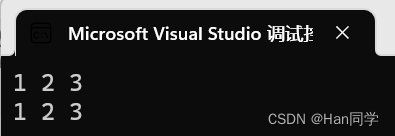
二、list的常用操作
list中的接口比较多,此处类似,只需要掌握如何正确的使用,然后再去深入研究背后的原理,已达到可扩展 的能力。以下为list中一些常见的重要接口。
1、构造
| 构造函数((constructor) | 接口说明 |
| list (size_type n,const value_type&val =value_type() | 构造的list中包含n个值为val的元素 |
| list() | 构造空的list |
| list (const list&x) | 拷贝构造函数 |
| list (Inputlterator first,Inputlterator last) | 用[first,last]区间中的元素构造list |
// list的构造
void TestList1()
{list<int> l1; // 构造空的l1list<int> l2(4, 100); // l2中放4个值为100的元素list<int> l3(l2.begin(), l2.end()); // 用l2的[begin(), end())左闭右开的区间构造l3list<int> l4(l3); // 用l3拷贝构造l4// 以数组为迭代器区间构造l5int array[] = { 16,2,77,29 };list<int> l5(array, array + sizeof(array) / sizeof(int));// 列表格式初始化C++11list<int> l6{ 1,2,3,4,5 };// 用迭代器方式打印l5中的元素list<int>::iterator it = l5.begin();while (it != l5.end()){cout << *it << " ";++it;} cout << endl;// C++11范围for的方式遍历for (auto& e : l5)cout << e << " ";cout << endl;
}
int main()
{TestList1();return 0;
}
2、迭代器
此处,大家可暂时将迭代器理解成一个指针,该指针指向list中的某个节点。
| 函数声明 | 接口说明 |
| begin + end | 返回第一个元素的迭代器+返回最后一个元素下一个位置的迭代器 |
| rbegin + rend | 返回第一个元素的reverse_iterator,即end位置,返回最后一个元素下一个位置的 reverse_iterator,即begin位置 |
// list迭代器的使用
// 注意:遍历链表只能用迭代器和范围for
void PrintList(const list<int>& l)
{// 注意这里调用的是list的 begin() const,返回list的const_iterator对象for (list<int>::const_iterator it = l.begin(); it != l.end(); ++it){cout << *it << " ";// *it = 10; 编译不通过}cout << endl;
}void TestList2()
{int array[] = { 1, 2, 3, 4, 5, 6, 7, 8, 9, 0 };list<int> l(array, array + sizeof(array) / sizeof(array[0]));// 使用正向迭代器正向list中的元素// list<int>::iterator it = l.begin(); // C++98中语法auto it = l.begin(); // C++11之后推荐写法while (it != l.end()){cout << *it << " ";++it;}cout << endl;// 使用反向迭代器逆向打印list中的元素// list<int>::reverse_iterator rit = l.rbegin();auto rit = l.rbegin();while (rit != l.rend()){cout << *rit << " ";++rit;}cout << endl;
}
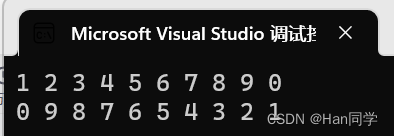
【注意】
1.begin与end 为正向迭代器,对迭代器执行++操作,迭代器向后移动。
2.rbegin(end) 与rend(begin) 为反向迭代器,对迭代器执行++操作,迭代器向前移动。
3、元素访问
| 函数声明 | 接口说明 |
| front | 返回list的第一个节点中值的引用 |
| back | 返回list的最后一个节点中值的引用 |
4、容量操作
| 函数声明 | 接口说明 |
| empty | 检测list是否为空,是返回true,否则返回false |
| size | 返回list中有效节点的个数 |
| push_front | 在list首元素前插入值为val的元素 |
| pop_front | 删除list中第一个元素 |
| push_back | 在list尾部插入值为val的元素 |
| pop_back | 删除list中最后一个元素 |
| insert | 在list position 位置中插入值为val的元素 |
| erase | 删除list position位置的元素 |
| swap | 交换两个list中的元素 |
| clear | 清空list中的有效元素 |
// 打印列表
void PrintList(const list<int>& l)
{for (list<int>::const_iterator it = l.begin(); it != l.end(); ++it){cout << *it << " ";}cout << endl;
}// 测试list的插入和删除操作
// 包括push_back/pop_back/push_front/pop_front
void TestList3()
{int array[] = { 1, 2, 3 };list<int> L(array, array + sizeof(array) / sizeof(array[0]));// 在list的尾部插入4,头部插入0L.push_back(4);L.push_front(0);PrintList(L);// 删除list尾部节点和头部节点L.pop_back();L.pop_front();PrintList(L);
}// 测试list的insert和erase操作
void TestList4()
{int array1[] = { 1, 2, 3 };list<int> L(array1, array1 + sizeof(array1) / sizeof(array1[0]));// 获取链表中第二个节点auto pos = ++L.begin();cout << *pos << endl;// 在pos前插入值为4的元素L.insert(pos, 4);PrintList(L);// 在pos前插入5个值为5的元素L.insert(pos, 5, 5);PrintList(L);// 在pos前插入[v.begin(), v.end)区间中的元素vector<int> v{ 7, 8, 9 };L.insert(pos, v.begin(), v.end());PrintList(L);// 删除pos位置上的元素L.erase(pos);PrintList(L);// 删除list中[begin, end)区间中的元素,即删除list中的所有元素L.erase(L.begin(), L.end());PrintList(L);
}// 测试list的resize/swap/clear操作
void TestList5()
{// 用数组来构造listint array1[] = { 1, 2, 3 };list<int> l1(array1, array1 + sizeof(array1) / sizeof(array1[0]));PrintList(l1);// 交换l1和l2中的元素list<int> l2;l1.swap(l2);cout << "l1:";PrintList(l1);cout << "l2:";PrintList(l2);// 将l2中的元素清空l2.clear();cout << l2.size() << endl;
}int main()
{cout << "执行TestList3()" << endl;TestList3();cout << endl;cout << "执行TestList4()" << endl;TestList4();cout << endl;cout << "执行TestList5()" << endl;TestList5();return 0;
} 